This is a lovely old word which has now sadly all but disappeared. It’s an adjective (AKA a describing word) which means ‘wandering through the world’. It has Latin roots and comes from ‘mundus’ meaning ‘world’, and ‘vagant’ meaning, you’ve guessed it, ‘wandering’ or ‘roaming’.
While you’re being mundivagant, you can also be a solivagant (this one’s a noun – and former word of the week – not an adjective, so it needs an indefinite article i.e. the ‘a’ before it). That means you like to wander on your own – ‘soli’ being Latin for ‘alone’ or ‘solitary’. And if you only want to do it at night, then you’re ‘noctivagant’ (this one’s an adjective again), ‘nox’ being ‘night’ in Latin. Although being a noctivagant solivagant might make you look a bit creepy…
Diogenes no-longer-of-Sinope-because-he-was-a-big-old-fraud (dunno who the dog was)
The ‘vagant’ bit of these words is also where we get the less-romantic word, ‘vagrant’. Nowadays ‘vagrant’ has quite negative connotations and we usually use it to describe people who’ve ended up on the streets. But it wasn’t always that way. Diogenes of Sinope was an ancient Greek philosopher who lived in the 4th century BCE, and was often referred to as a ‘vagrant philosopher’. He lived in a jar (yes, you did read that right – it was a very big jar, obviously) and survived by begging for food. He used this simple lifestyle and behaviour to criticise the social values and institutions of what he saw as a corrupt, confused society.
This is all well and good until you find out that Diogenes’ dad, Hicesias, was a banker, and it was likely he followed in his father’s footsteps. At some point, Hicesias and Diogenes were involved in a scandal involving adulterating or debasing currency (that’s when you lower the value of coins by reducing the quantity of gold, silver or nickel in them, but continue to say they’re worth the same amount). Because of that Diogenes was exiled from Sinope, and lost his citizenship and all his possessions. Hmmm, that makes the mundivagant lifestyle a little bit less of a philosophical choice and more of a necessity, doesn’t it, Diogenes…?





